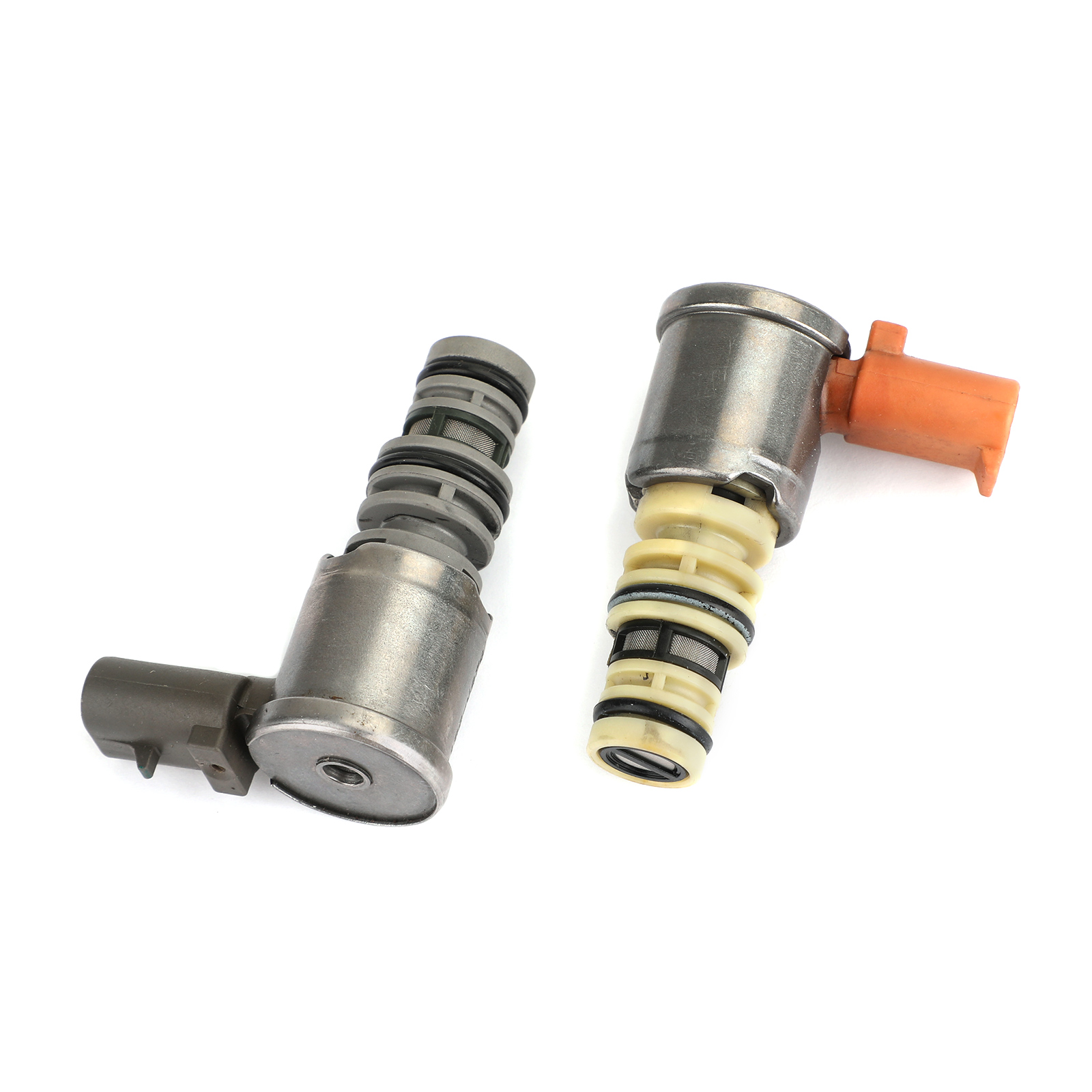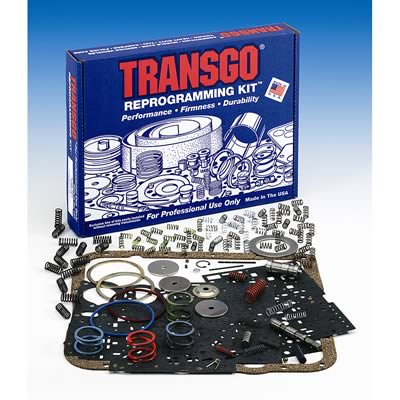
There is a small allen screw on the back of the solenoid that sets the overall pressure range for the solenoid. If the solenoid was replaced it may have been miscalibrated from the factory. Many meters will read erretically due to the high PWM frequency - this is actually a sign that the solenoid is getting power. There should be some kind of voltage on it. Put it back together, plug the harness in, and turn the ignition on without starting the engine. Then remove it, remove the spool valve assembly behind it, and make sure everything is free and clean.
99 4L60E SHIFT KIT CODE
If the above tips don't solve the problem and you end up dropping the pan, ohm out the solenoid to make sure it isn't open (it should have thrown a code if it is, but I believe in being thorough).

I've read that the pressure solenoid is pretty easy to access (just drop the pan and there it is, I guess).Does anyone know where this pressure switch is located? I've read that TPS problems will cause the transmission to default to max line pressure.is there a way to check the TPS functionality? You'd think I'd get a fault code for something like that. I'll have to get a pressure gauge on the transmission and check the line pressure. I guess that leaves the pressure control solenoid and the pressure switch. It wasn't the victim of some racer boy "shift kit" or PCM tune to make the shifts firmer.Trust me this thing shifts so hard it chirps the tires half the time even though I'm trying to make a concerted effort to get it to shift smoothly (accelerating very slowly, letting up right before it shifts, etc.).


There is a little slop in the drivetrain, but I can detect that separately from the banging shifts. Only engine code is for an o2 uld be either a bad sensor or one of the cats is going.in either case, that shouldn't screw up the shifting.Yes.it's a 4L60E (hence the subject line ).


 0 kommentar(er)
0 kommentar(er)
